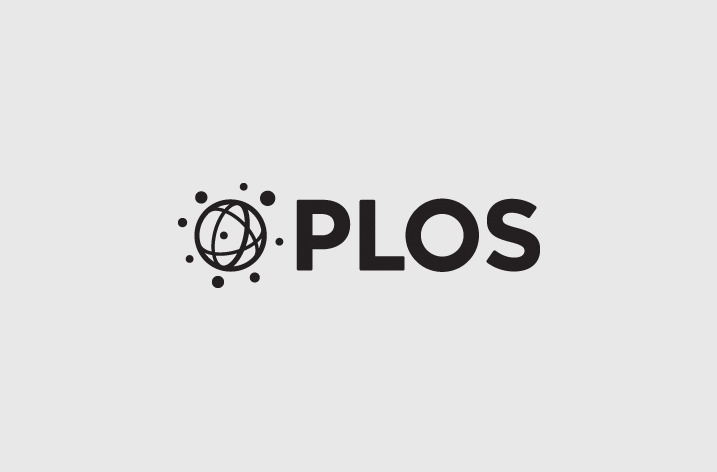
Digital Science and PLOS are pleased to announce an agreement that will provide Dimensions Analytics and API to PLOS. Dimensions enables publishers to delve into a breadth of data and metrics to perform invaluable analyses and translate them into usable business insights.
PLOS, a leading Open Access (OA) publisher that empowers researchers to transform science, will utilise the powerful analytical features to monitor trends in the Open Access landscape and to help shape their business development strategies.
Dimensions is a research information platform which has been developed to provide a broader view on the research process and activities beyond publications and citations only. While covering 108 million publications with 1.2 billion citations, Dimensions also contains $1.6 trillion of funded grants, 500,000 clinical trials, 36 million patents, 450k policy documents and 1.5 million datasets as a linked dataset to create a deep understanding of the resources injected into the research system and how they translate into outputs and impact.
PLOS joins a host of other OA publishers including Frontiers, Hindawi and eLife, who are using Dimensions in a number of creative ways. Dimensions will further be running workshops with PLOS staff later in the year.
“With access to Dimensions, PLOS will be able to better gather a much more complete picture of the research landscape and the broader impact of research within a global context,” said Kristen Monahan, PLOS’ Business Analytics Manager. “Their search, visualizations and reporting functionality will enable our staff to gather valuable insights to make more informed data-driven editorial decisions for our journals.”
Christian Herzog, CEO Dimensions, said: “We’re proud to provide analytical tools to one of the pioneering Open Access publishers. We look forward to a long partnership with PLOS, supporting their workflow, business intelligence, and further understanding of emerging fields and the future landscape of academic research.”



























